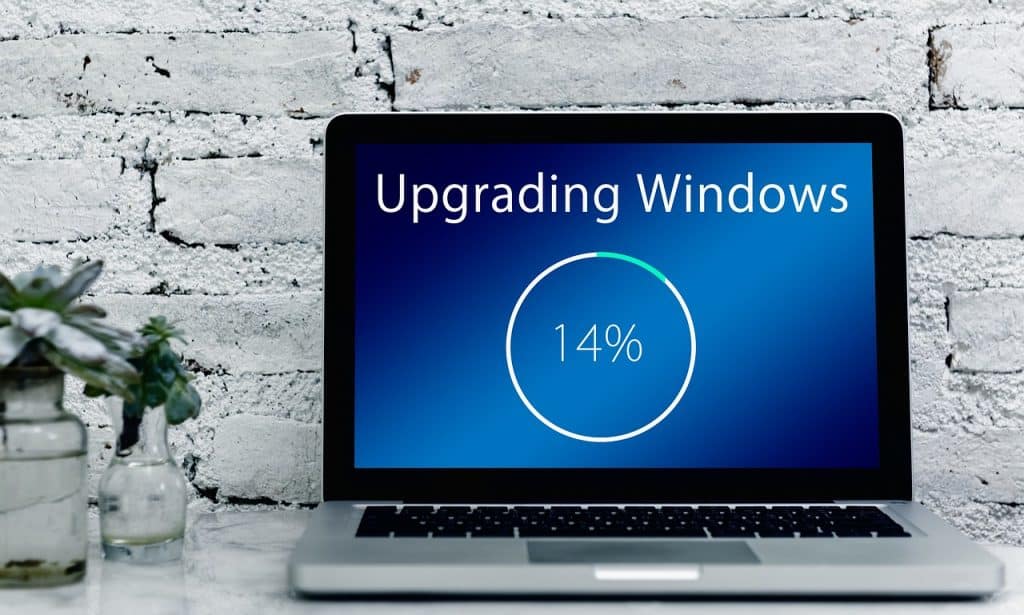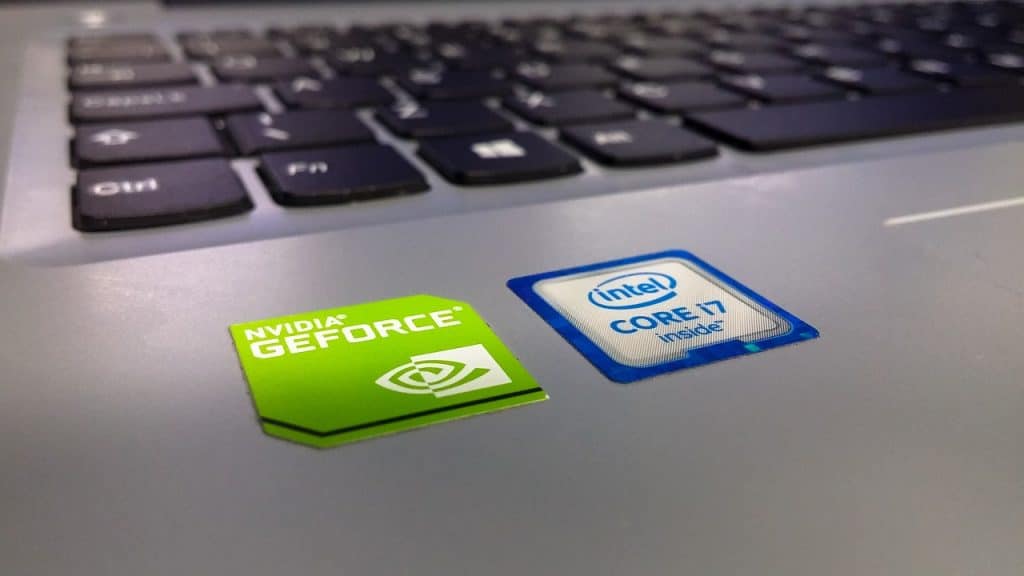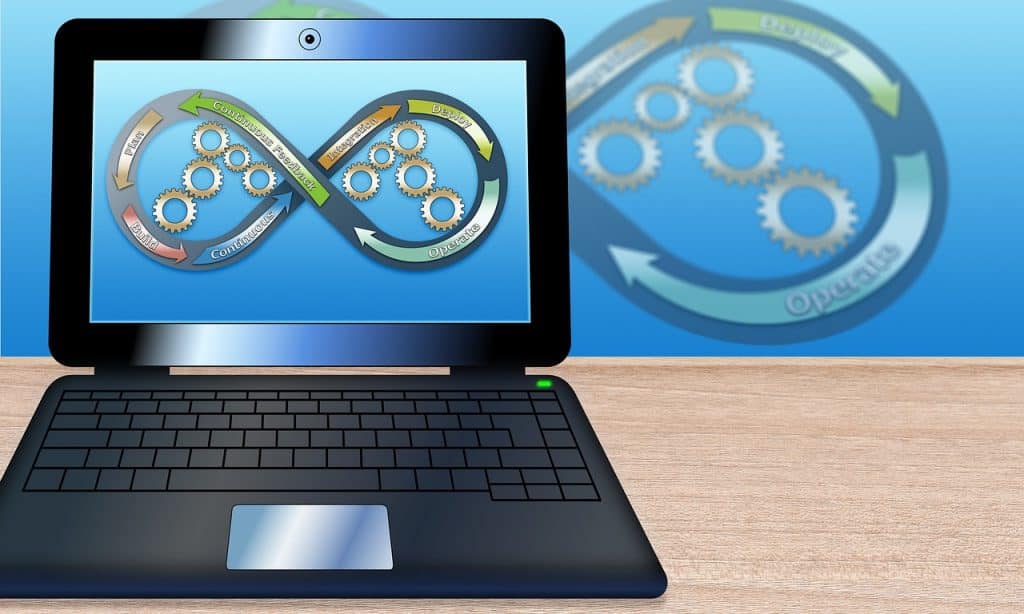Are you currently in the market for a new laptop? The vast array of choices can make selecting the right one seem rather daunting. Fear not, as we will dissect the critical factors to consider when seeking the perfect laptop to suit your requirements. We’ve covered everything from processors and graphics to display quality and battery life. Continue reading to explore the essential advice for identifying your ideal laptop.
Tip 1: Determine Your Usage
Begin by identifying the primary purpose for which you intend to use the laptop. Is it for basic home office tasks like browsing, studying, shopping, or watching TV and movies? If so, a budget of around $400-$500 is a suitable starting point for a basic Windows 11 laptop. Spending more can provide improved performance, superior screens, and sleeker designs. However, even affordable laptops can handle these basic tasks. Chromebooks are a viable alternative for those with a budget under $300, which we’ll discuss further later. In either case, even basic machines can handle demanding games only through cloud gaming services like GeForce Now or Xbox Cloud Gaming.

Remember that these are subscription-based services, so you’ll need to pay for them, and a fast and reliable internet connection is essential. Nevertheless, they enable gaming on less powerful laptops. The MacBook Air remains an outstanding all-around choice if your budget allows for more flexibility. It offers an unbeatable combination of performance, battery life, screen quality, and, arguably, price. While some favor the MacBook Air, it’s not suitable for everyone, as numerous Windows alternatives are available.
In the premium, thin, and light category, options like the Dell XPS, Microsoft Surface Laptop, Samsung Galaxy Book, and LG Gram are worth considering. These laptops offer a thin and lightweight form factor, and the variety in the Windows laptop market ensures you can select one that suits your preferences.
If gaming is a priority, particularly if you’re seeking top-notch performance, screens, and game store access, a Windows laptop is the way to go. We’ll delve deeper into graphics cards later in this article, screen quality and refresh rates. Many gaming laptops can also serve as workstations, making them suitable for tasks like rendering, editing, or designing.
To sum up, for tip number one, if you’re on a tight budget, spending $400-$500 on a basic Windows laptop or opting for a Chromebook is a reasonable choice. Chromebooks are especially recommended for budgets under $300. If you can allocate around $1200, the MacBook Air or its Windows alternatives provide an excellent balance of performance and value. Gaming laptops start at around $1000 with options like the RTX 3060 or RTX 4050, which are suitable for basic gaming. However, for high-end gaming laptops with superior screens and performance, prices can exceed $3600. Therefore, determining your usage is crucial to avoid overspending.
Tip 2: Consider Different Form Factors
The second consideration is the variety of form factors and laptop designs available. If you need flexibility, consider a two-in-one laptop that lets you flip the screen into a touchscreen tablet. This feature benefits activities like drawing, note-taking, watching movies, or reviewing documents. Another option is a tablet with a detachable keyboard, providing both a lightweight tablet and a laptop when needed. Notable choices include the Microsoft Surface Pro Series and the iPad, which can be paired with a keyboard. While not a complete laptop replacement, they are worth considering for their versatility.
Tip 3: Choose Your Operating System (OS)

Selecting the right operating system is essential. You have the choice between Windows, Mac, or Chrome OS. Your familiarity with a particular OS may influence your decision, but it’s worth considering alternatives. Windows 11 laptops offer the most diverse options, making them versatile and compatible with numerous apps and programs. Mac OS, found on MacBooks, offers a simpler, premium experience with excellent app compatibility, except for gaming. If you own an iPhone, the Mac ecosystem provides benefits like iMessage and AirDrop.
Chrome OS, Google’s operating system for Chromebooks, offers good value with laptops like my one, which costs only $250. These laptops are designed for students and everyday tasks, with sufficient battery life for a full day. However, they rely heavily on an internet connection. A Mac or Windows laptop might be a better fit if your work frequently involves activities outside the browser.
Tip 4: Examine Hardware Specs

Understanding hardware specifications can be overwhelming, but there are seven key factors to consider:
- Processor
- Graphics Card
- RAM
- Storage
- Screen
- Ports and Connectivity
- Other Features
For a well-rounded specification, consider an Intel Core i3 or AMD Ryzen 3 processor, 8 gigabytes of RAM, and 256 gigabytes of storage as a starting point. Beyond these, you can explore graphics cards, screen quality, and additional features. Processors come in various series, such as the U-series for entry-level and ultrathin laptops, the P-series for slightly more powerful options, and the H and HX-series for high-performance machines. AMD offers similar choices.
For a mid-range laptop, aim for an i5, P, U, or H series processor from Intel, a Ryzen 5 from AMD, and 16 gigabytes of RAM and 512 gigabytes of storage. Some mid-range laptops may include a dedicated graphics card like an RTX 3050 or RTX 4050. These specs should suffice unless you’re into high-end gaming, intensive 4K video editing, or 3D rendering. Gaming laptops vary in price, with basic models starting around $1000 and high-end options exceeding $3600. Your intended usage should guide your choice to avoid overspending.
Tip 5: Pay Attention to Graphics Cards
Graphics cards are crucial for gaming and demanding tasks. While there are many options, any GPU will significantly enhance frame rates and performance compared to integrated graphics. For occasional or mid-range gaming at 1080p, consider GPUs like the Nvidia RTX 4050, older 3060, or AMD Radeon RX 6500m. For even better performance and higher frame rates, the RTX 4060 or 4070 is recommended. Keep in mind that screen refresh rates and resolutions also impact gaming performance.
Tip 6: Consider Screen Quality

The screen is a vital aspect of your laptop, as it’s what you’ll usually look at. Screen size and resolution are key factors. A 15-inch display strikes a good balance for most users, with a generally sufficient 1080p (Full HD) resolution. Larger displays or those seeking sharper images can opt for Quad HD (QHD+) resolutions. However, 4K screens are usually unnecessary unless you require high-resolution graphics for photo or video editing tasks.
Some laptops feature a 16:10 aspect ratio, providing slightly taller screens than the traditional 16:9 format. This is especially beneficial for smaller 13 and 14-inch laptops, making the display feel less cramped. For gaming, high-refresh-rate screens are essential, with 144Hz, 165Hz, 240Hz, and even 360Hz available options. Choose a screen that suits your primary usage, whether gaming or creative work requiring color accuracy.
Tip 7: Consider Battery Life
Battery life is a crucial factor for many laptop users. While it varies depending on usage, most laptops should handle a day of light tasks. Intel’s Evo platform ensures at least nine hours of laptop battery life. MacBooks typically offer 10 to 14 hours, depending on the model. Gaming laptops have different considerations, as their battery life drops significantly when gaming. Additionally, gaming laptops often come with larger power bricks, making them less portable.
Many laptops now support USB-C charging, allowing you to use the same charger for multiple devices. Since high-refresh-rate screens can consume more power, laptops with this feature might offer a 60Hz option for improved battery life when not gaming.
Tip 8: Check the Keyboard and Trackpad
The keyboard and trackpad are critical components, as they are your primary means of interaction. Look for a laptop with a comfortable keyboard and a backlit option for low-light conditions. Keyboards can be of the traditional island style or use butterfly switches, which are flatter and chiclet-style. Select the one that suits your preferences. Scissor switches are generally preferred for typing, while mechanical switches are popular for gaming laptops.
Consider key travel, with at least 1.5 millimeters recommended for a comfortable typing experience. Trackpads made of glass are better, offering a smoother touch experience and improved durability. Larger trackpads provide more room for navigation. Some laptops have trackpads with integrated left and right mouse buttons, which can affect clicking and dragging. However, this isn’t an issue on gaming laptops, as they have dedicated mice.
Tip 9: Consider External Accessories
You’re not limited to the built-in keyboard and trackpad. You can connect a wired or wireless mouse, especially for gaming, where additional buttons are useful. Separate keyboards and mice can provide a more comfortable experience for extended use, although they may be less portable.
Consider an external monitor for extensive work or gaming at home. Some laptops can support multiple 4K monitors, which is ideal for multitasking. However, this requires a powerful laptop and compatible monitors.
Tip 10: Ports and Connectivity
While wireless connections are prevalent, checking the available ports on your laptop is essential. Ensure your laptop has the necessary ports for your peripherals, such as USB-A for older devices. Thunderbolt 4 is a high-speed connection useful for external GPUs, enhancing gaming performance. HDMI outputs are great for connecting to monitors and TVs, with HDMI 2.1 offering excellent display quality. Ethernet ports may be necessary for a wired internet connection, although you can use USB-to-Ethernet adapters. Look for Wi-Fi 6 and 6e support for the latest wireless standard.
Tip 11: Consider Building Quality
The build quality of a laptop varies, so it’s essential to factor it into your decision. Look for laptops made from durable materials like aluminum or magnesium alloy for a premium feel and enhanced longevity. The hinge design is crucial, as a sturdy hinge can withstand regular use.
Tip 12: Check Reviews and User Feedback
Before making your final decision, consult reviews and user feedback for the specific laptop model you’re interested in. This can provide valuable insights into real-world performance, common issues, and whether the laptop meets your expectations. We hope you find these tips valuable when selecting the right laptop. If you have questions or need further advice, please don’t hesitate to ask!





